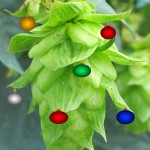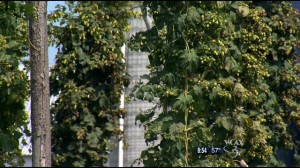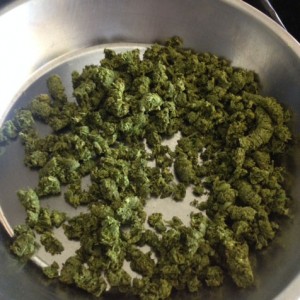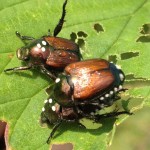It’s time to order Hop Rhizomes…if you haven’t already done so! Some nurseries have already sold out; others have order deadlines that are fast approaching. Below is a list of sources for hop rhizomes. If you are a rhizome producer and we missed you in our list – let us know!
Wholesale:
- Aroostook Hops, Westfield, ME (Certified Organic)
- Blue Ridge Hops, Marshall, NC (Certified Organic)
- Crosby Hop Farm, Woodburn, OR
- Foothill Hops, Munnsville, NY
- Freshops, Philomath, OR
- Gorst Valley Hops, Mazomanie, WI
- Left Fields Farm, Sorrento, BC (Only ships within Canada)
- Northwest Hops, Hubbard, OR
- Organarchy Hops, Oldtown, MD (Certified Organic)
- RNV Enterprises, WA
- Summit Plant Labs, Fort Collins, CO (Disease-free hop plugs!)
- Thyme Garden Herb Company, Alsea, OR (Organic)
- US Hop Source, 970-497-0691 or ushopsource@gmail.com (Indexed virus free Cascade, also a supplier of used Wolf harvesting equipment)
Additional Sources (especially for Home Growers):
- Anjali Farms & Lotus Moon Medicinals, South Londonderry, VT
- Sunnybrook Farm, Middlesex (Certified Organic)
- South Royalton Market, South Royalton, VT
- Vermont Homebrew Supply, Winooski, VT
In addition, several sources are also starting to sell live potted plants. For example, Cornell Cooperative Extension has teamed up with the local greenhouse to offer potted hop plants: http://www.northeasthopalliance.org/item/873582. Another NY greenhouse is also offering plants: http://www.northeasthopalliance.org/item/873619.
And remember, the best first defense to keeping diseases out of your hopyard is to use planting material certified free of HSVd and other viruses!








